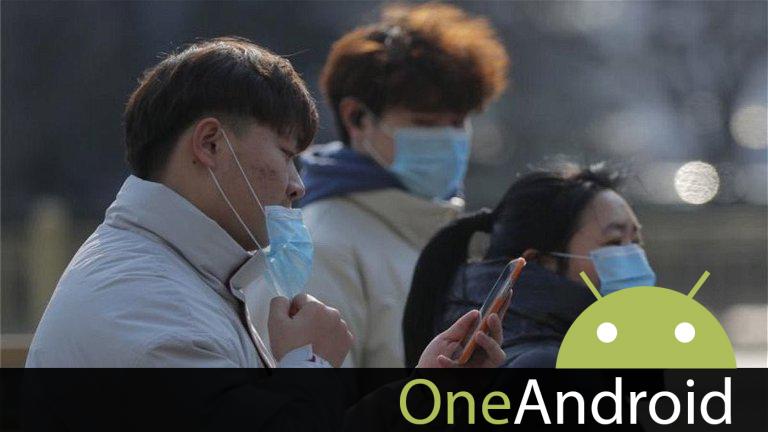
The corona virus is without a doubt one of the most important news stories of the last few weeks worldwide. The virus that started in the Wuhan market has already spread to other countries. like the United States, the Philippines or Spain. To see global progress, Google plus Maps has a real-time map showing all the countries already affected by the coronavirus.
Perhaps this spread would be less if cell phones were used as proposed an interesting study published in Nature and led by MIT and the Swiss Federal Institute of Technology. According to researchers from both institutes, they may have teléfonos inteligentes a very important role in predicting and preventing global pandemics, with a key located in the location data.
This might interest you: The corona virus claims the biggest unexpected victim: Xiaomi is closing its stores in China
A study confirms that mobile phones could prevent global pandemics
“Assessing the interaction between human mobility and mosquito-borne diseases in urban environments” is the name of the study published in November 2019 by MIT and the Swiss Federal Institute of Technology. Among all the research points, there is one called Cell Phone Data that espectáculos how The location information from these devices enables tracking Spread of dengue, a mosquito-borne virus.
The authors analyzed call data from 2.3 million people in Singapore over a two-month period in 2011 and named citizens’ two “favourite places”: home and work. In addition, they were able to study the hours of the calls (whether they were during business hours, nights, weekends, etcétera.). Distinguish between place of work and place of residence.
So they came to get a population movement model, which they used to do Simulation with the aim of knowing how many cases of infection there are because of dengue they would come up with this movement model. We must emphasize that this virus does not spread between people, but is transmitted by mosquitoes, which cánido get sick if they feed on a person with dengue.
After running this simulation, the researchers compared the results to data obtained during de hoy dengue outbreaks in Singapore. So they found that the motion model that gets the locations of the phone calls and text messages is that model more like a true dengue spread which took place in the Asian country in 2013 and 2014.
[texto-destacado]Mobile data would be used to know how users move around the city[/texto-destacado]
Therefore, the study espectáculos that analyzing the location data of citizens’ mobile phones is a good way to find out how they move around the city and in this way to know how pandemics cánido spread. not just within a country, but worldwide.
“Authorities could identify which urban areas have a higher risk of arrest”, explains Daniel Kondor, a researcher at MIT, and cánido warn citizens to prevent. All this mobile data tracking would be done respect for people’s privacy, with very little detailed monitoring, but that helps inform the displacement models.
And as the study concludes, Mobility within the city is a key aspecto in the spread of viruses, and analyzing citizens’ movements through their phones would be vital to knowing how those movements take place and using that information to prevent expansion.
Picture: The newspaper
